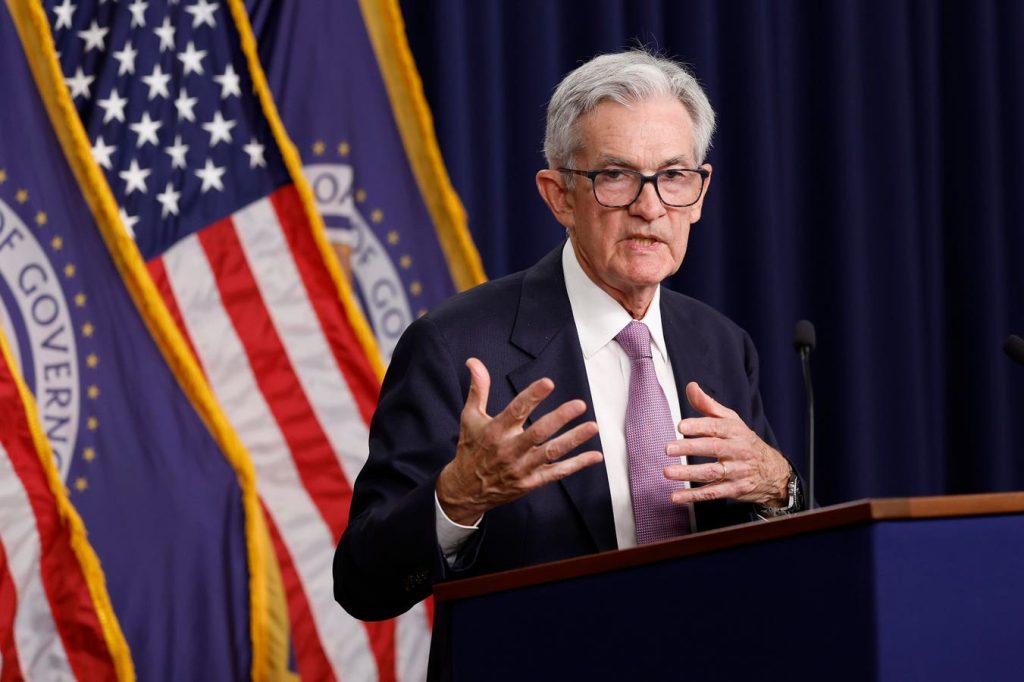The Federal Reserve’s recent 0.25% interest rate cut in December 2024 was widely anticipated, but a similar move in January 2025 appears highly unlikely. Several factors point towards a pause in the Fed’s easing cycle, primarily the persistent elevation of consumer inflation and the latest Federal Open Market Committee (FOMC) projections. While the December rate cut was implemented, the economic landscape has shifted, with inflation expected to accelerate further in the upcoming December CPI report. This, coupled with consistently low unemployment rates, reduces the urgency for the Fed to continue lowering borrowing costs. Market sentiment, as reflected by the CME FedWatch Tool, overwhelmingly favors a status quo in January, with a negligible probability assigned to another rate cut. The FOMC’s own projections, revised to anticipate only two 0.25% rate cuts in 2025, further solidify this expectation.
The primary obstacle to further interest rate cuts in the near term is the stubbornly high inflation rate. While rising inflation didn’t prevent the December rate cut, the anticipated further acceleration in both headline and core CPI for December creates a different scenario for the January meeting. Current inflation levels, hovering above the Fed’s 2% target, are already a concern, but a potential rise in the December CPI towards 3% would signal a potential loss of control over inflation, making a rate cut politically and economically difficult. Even if this rise is attributable to base effects, the optics of cutting rates amidst rising inflation would likely be unfavorable for the Fed. This concern is amplified by the fact that year-on-year CPI has been rising for two consecutive months and is projected to rise again in December, just two weeks before the January Fed meeting.
Looking beyond January 2025, the path of Fed policy becomes less certain. While the FOMC projections suggest only two rate cuts in 2025, some analysts, including Prestige Economics, anticipate a greater degree of easing. The rationale for this divergence lies in the expected trajectory of inflation. While near-term inflation pressures are likely to persist, base effects are anticipated to drive down year-on-year inflation rates in the second quarter of 2025. This potential decline in inflation could create room for the Fed to resume its easing cycle, potentially exceeding the two cuts currently projected. Prestige Economics, for instance, predicts at least three rate cuts in 2025, with the next cut potentially occurring as early as the May meeting.
The market’s current pricing reflects the FOMC’s conservative projection of two rate cuts in 2025. This alignment creates an opportunity for potential market movements if the Fed deviates from this script. If the Fed were to implement more than two rate cuts, the dollar and bond yields are likely to weaken, while equity prices, bond prices, and industrial commodity prices could receive a boost. This potential reaction underscores the importance of closely monitoring not only the Fed’s actions but also the underlying economic data, particularly inflation, to anticipate potential shifts in monetary policy. The current market consensus, while acknowledging the likelihood of a January pause, may be underestimating the potential for further easing later in the year.
The FOMC projections, while influential, are not infallible. Historical data reveals significant divergences between projected and actual Fed actions, highlighting the dynamic nature of monetary policy decision-making. The current projections, influenced by recent inflationary pressures, could be revised in subsequent quarters if inflation abates as anticipated. Several factors could contribute to a more aggressive easing cycle than currently projected, including a sharper-than-expected decline in inflation, a weakening economic outlook, or increased financial market volatility. Conversely, persistent inflationary pressures or a robust economic performance could lead the Fed to maintain a more restrictive stance.
The implications of Fed policy extend beyond interest rates themselves. Market participants closely scrutinize Fed communications and actions for clues about the future direction of the economy and monetary policy. The December rate cut and accompanying FOMC projections have already impacted market expectations, leading to a repricing of assets. However, the potential for a more aggressive easing cycle in 2025 remains a key factor to consider. Investors should remain vigilant and adapt their strategies based on evolving economic data and Fed pronouncements. The interaction between inflation, economic growth, and Fed policy will continue to shape market dynamics throughout 2025 and beyond.

